Growth in DIY Culture
The burgeoning DIY culture significantly influences the Refinish Paint Market. As more individuals engage in home improvement and vehicle restoration projects, the demand for refinish paints escalates. Recent surveys indicate that approximately 60% of homeowners have undertaken DIY projects in the past year, with a notable portion focusing on painting and refinishing tasks. This trend is expected to continue, as consumers seek cost-effective solutions for personalizing their spaces and possessions. The Refinish Paint Market stands to gain from this shift, as manufacturers develop user-friendly products tailored for DIY enthusiasts. The potential for growth in this segment is substantial, as the DIY movement encourages creativity and self-expression through refinishing.
Rising Vehicle Ownership Rates
The upward trend in vehicle ownership rates serves as a crucial driver for the Refinish Paint Market. As more individuals acquire vehicles, the need for maintenance and refinishing becomes increasingly apparent. In 2025, vehicle ownership is projected to reach unprecedented levels, with estimates suggesting an increase of 5% compared to previous years. This growth not only fuels demand for refinish paints but also encourages vehicle owners to invest in aesthetic improvements and repairs. Consequently, the Refinish Paint Market is poised to benefit from this expanding consumer base, as vehicle owners seek high-quality paint solutions to enhance their vehicles' appearance and longevity.
Increasing Automotive Production
The rise in automotive production is a pivotal driver for the Refinish Paint Market. As manufacturers ramp up vehicle output, the demand for high-quality refinish paints surges. In 2025, the automotive sector is projected to witness a growth rate of approximately 4.5%, which directly correlates with the need for effective refinishing solutions. This trend is further supported by the increasing consumer preference for vehicle customization and aesthetic enhancements. Consequently, refinishing paints are essential for maintaining vehicle appearance and value, thereby propelling the market forward. The Refinish Paint Market is likely to benefit from this upward trajectory, as automotive manufacturers and repair shops seek innovative paint solutions to meet evolving consumer expectations.
Expansion of Automotive Aftermarket Services
The expansion of automotive aftermarket services is a significant driver for the Refinish Paint Market. As consumers increasingly seek specialized services for vehicle maintenance and enhancement, the demand for refinish paints rises correspondingly. The automotive aftermarket is projected to grow at a rate of 6% annually, reflecting a shift towards personalized and high-quality service offerings. This trend is further supported by the increasing complexity of modern vehicles, which often require specialized refinishing techniques. As a result, the Refinish Paint Market is likely to experience heightened demand for innovative paint solutions that cater to the needs of both professional service providers and discerning vehicle owners.
Technological Innovations in Paint Formulations
Technological advancements in paint formulations are reshaping the Refinish Paint Market. Innovations such as waterborne paints and low-VOC options are gaining traction, driven by increasing environmental regulations and consumer demand for sustainable products. In 2025, it is estimated that the market for eco-friendly refinish paints will expand by 7% annually. These advancements not only enhance the performance and durability of paints but also align with the growing emphasis on sustainability. As manufacturers invest in research and development, the Refinish Paint Market is likely to witness a surge in innovative products that cater to both professional and DIY users, thereby broadening market appeal.


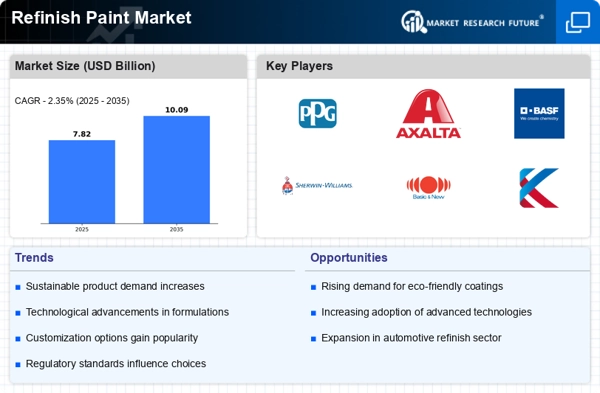
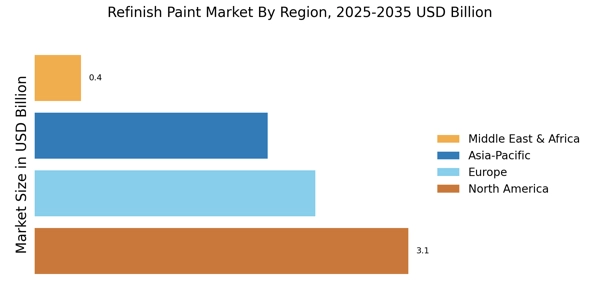
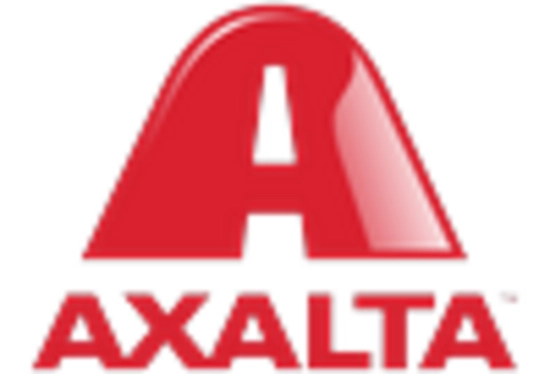

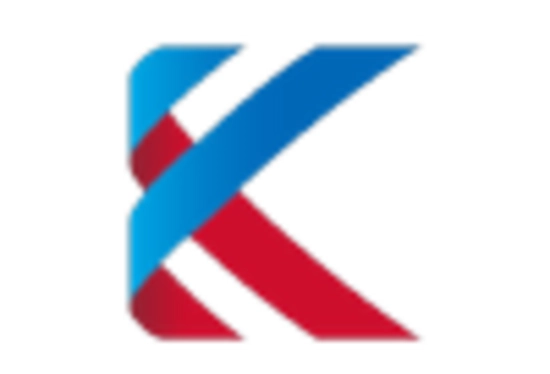

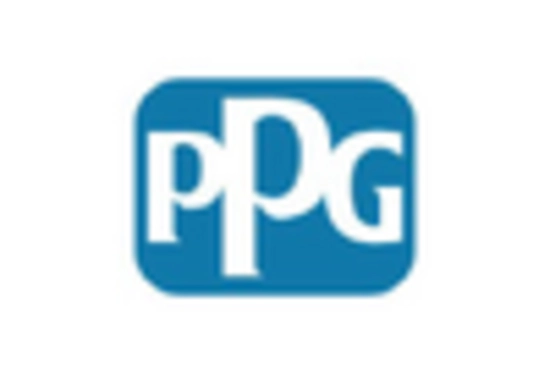
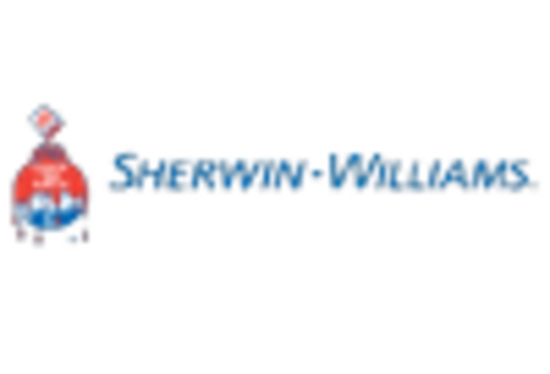








Leave a Comment